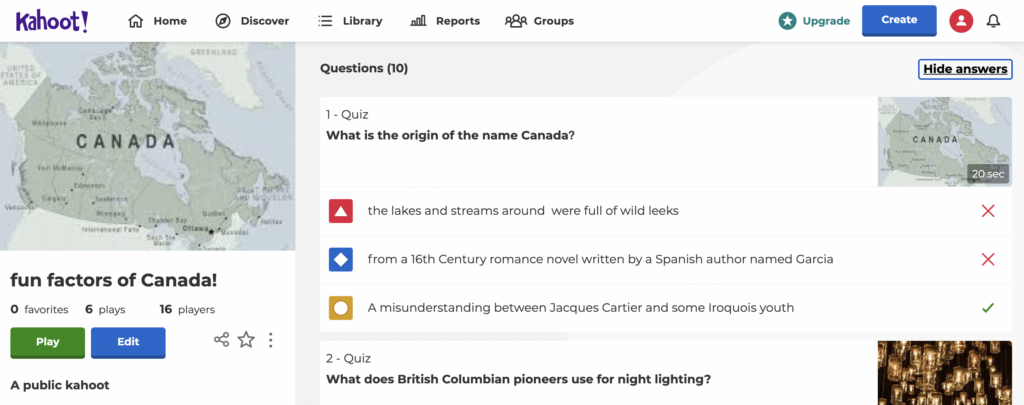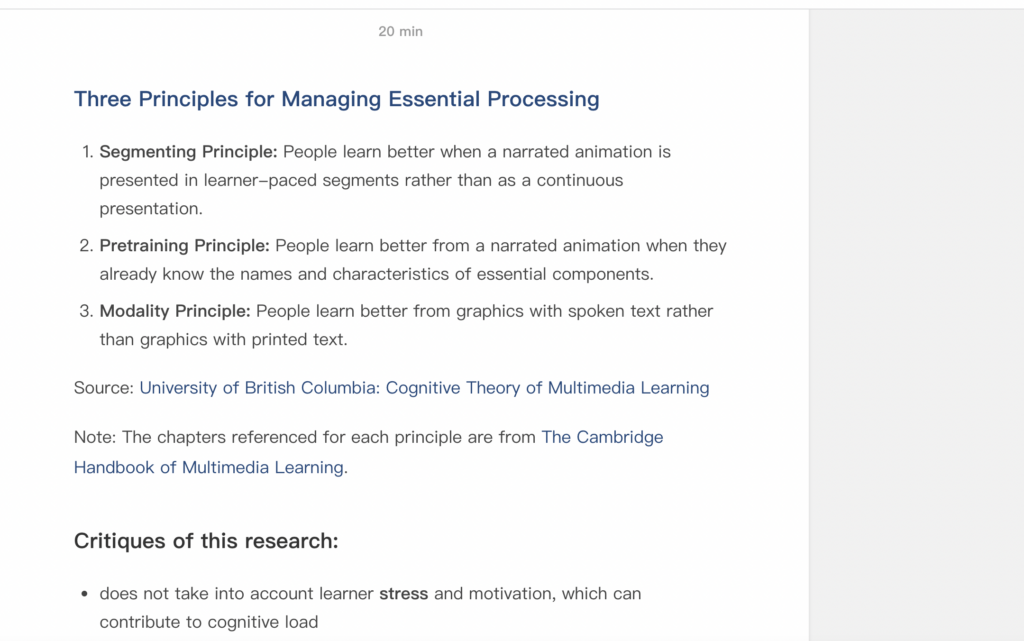Formative evaluation can improve student learning and can provide feedback to teachers. The summative evaluation can assess the student’s academic performance. This can prove that students master the level of knowledge, skills, and ability and the degree to achieve the teaching goals. It can even predict the possibility of students’ success in subsequent teaching activities; it provides a basis for formulating new teaching goals.
Evaluation is the primary component in the teaching and learning process. The three evaluations are not mutually exclusive. They are interrelated and mutually infiltrated. This is because any kind of work is continuous, and the division of stages is also relative. Both formative and summative evaluations are diagnostic; moreover, because the fundamental purpose of the evaluation is to promote work and promote development, So any evaluation has a formative nature. No diagnostic evaluation is not a proper scientific evaluation, it is just a subjective guess, and without a formative evaluation, it loses the meaning of evaluation. Whenever a teacher adopts one of the evaluation forms, students should be asked to clarify the purpose of the evaluation, how to conduct the evaluation, and what the evaluation criteria are.
Based on this week’s reading, what impressed me the most was that it turned out that the summative evaluation was retrospective, and the main form was scored. The formative evaluation is forward-looking and focuses on making recommendations.
References
Brookhart, S. M. (2001). Successful students’ formative and summative uses of assessment information. Assessment in Education: Principles, Policy & Practice, 8(2), 153-169.

